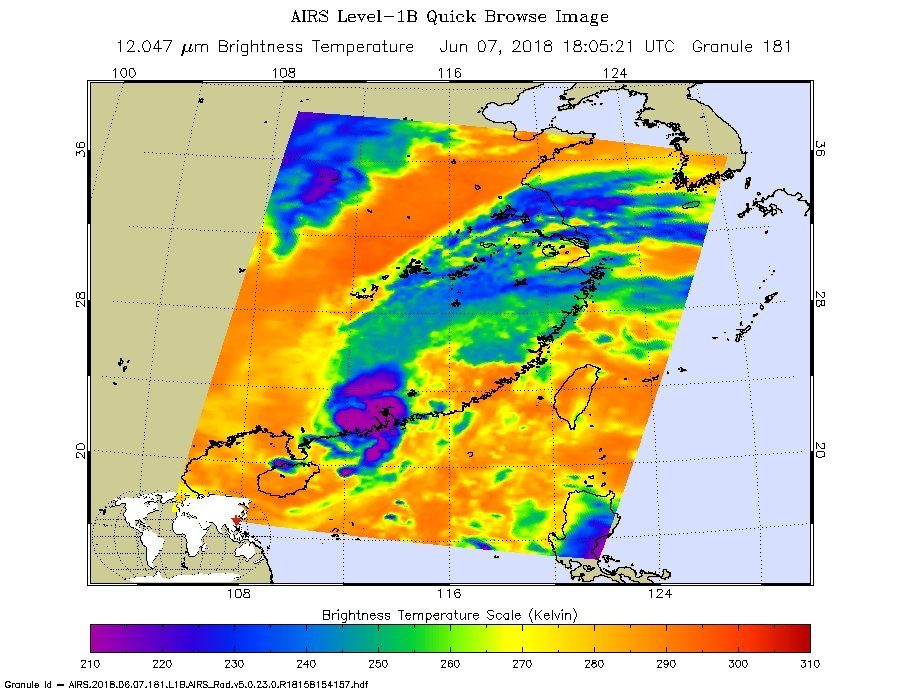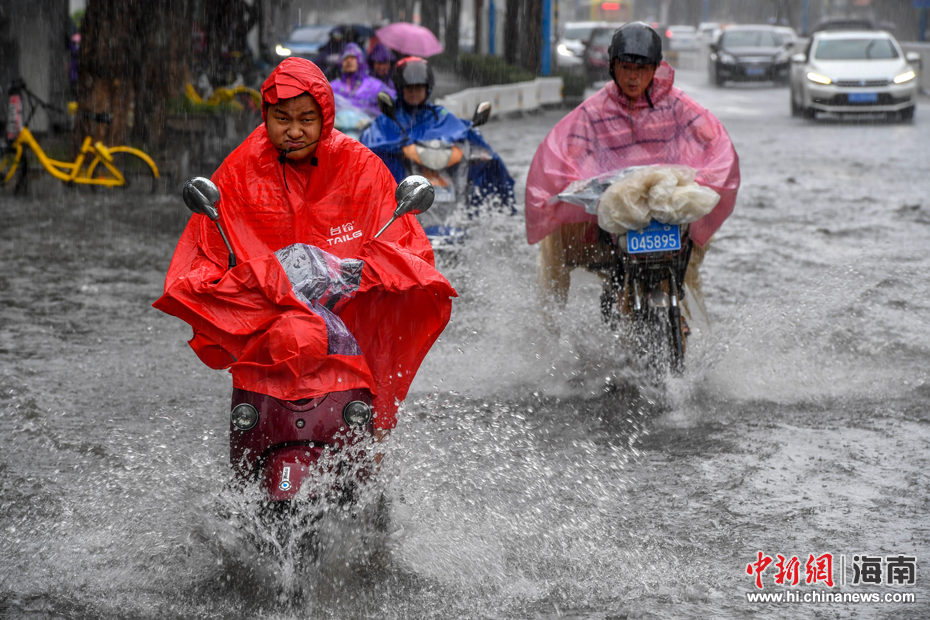
Guangdong provincial civil affairs department said that rainfall from Ewiniar affected Meizhou, Jiangmen, Yangjiang, Zhanjiang and Yunfu.
As of 08 June, 73,000 people had been evacuated to safe locations. The storms also led to flight delays in Baiyun International Airport in Guangzhou, capital of Guangdong.
Heavy rain from Typhoon Ewiniar triggered landslides in the city of Yunfu, causing houses to collapse and landslides that killed five people. One person is still missing according to Guangdong civil affairs officials.
Ewiniar made landfall in Hainan and Guangdong earlier in the week, bringing heavy rain and strong winds. It then moved back into the South China sea before making a third landfall, again in Guangdong, on Thursday 07 June. As a tropical depression, the storm had earlier caused heavy rain in parts of Vietnam, causing landslides and flooding.




Reader Comments
to our Newsletter